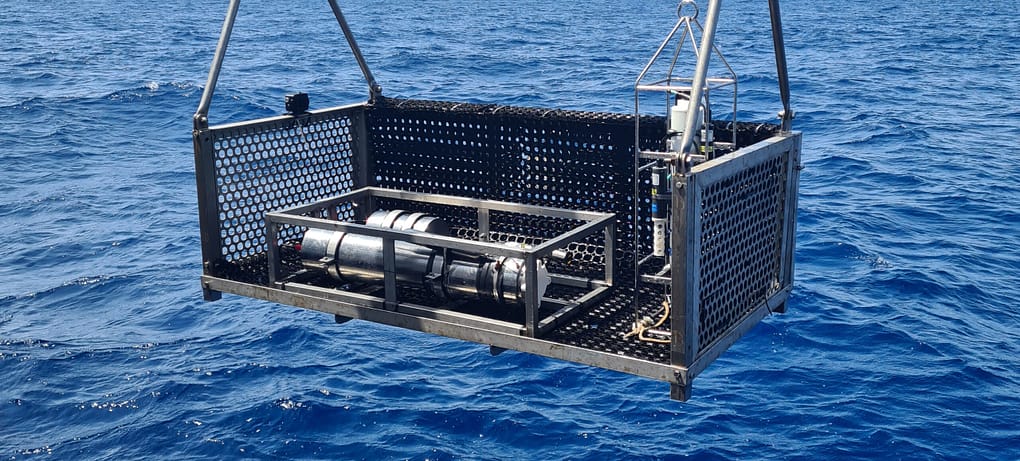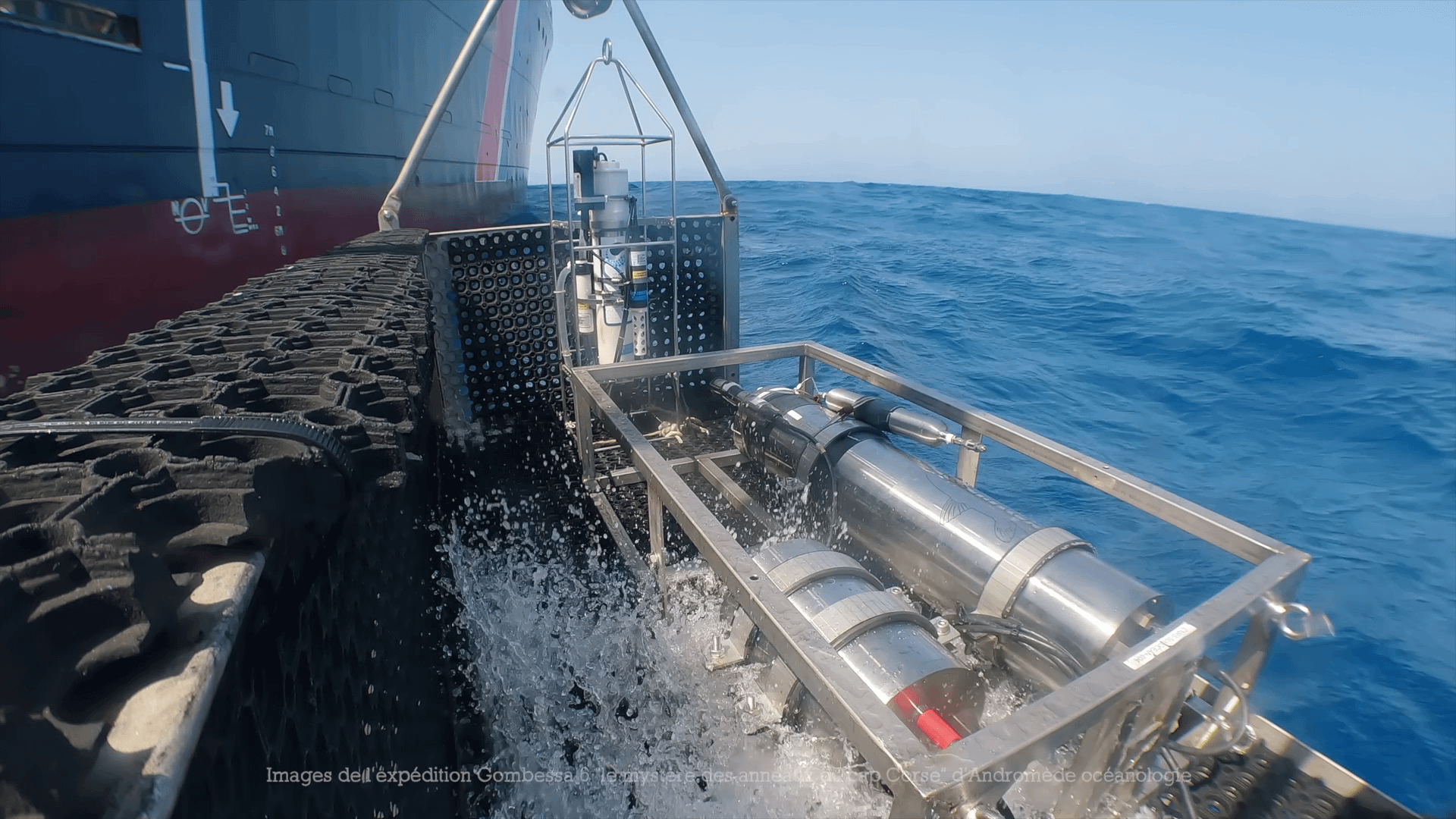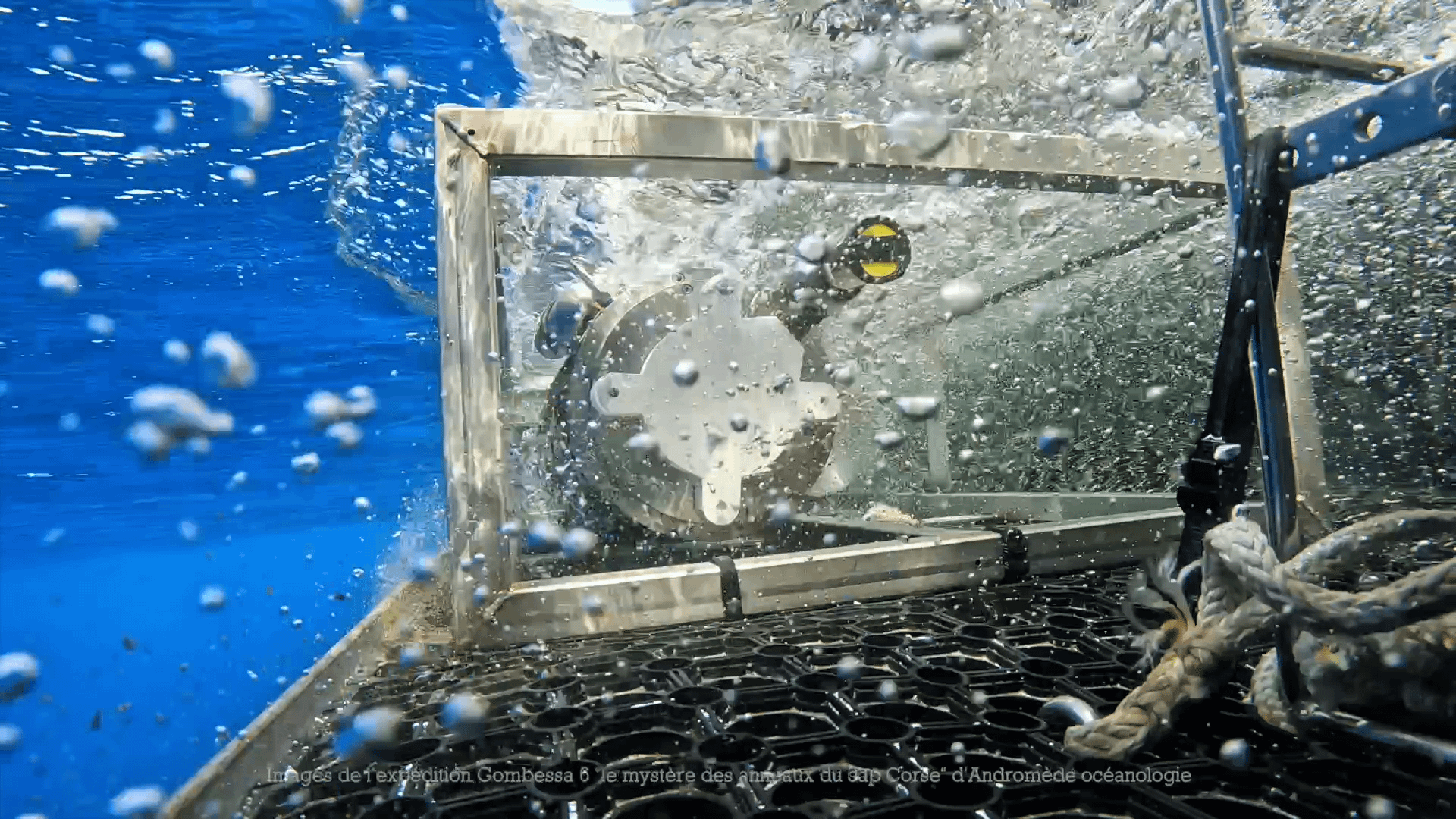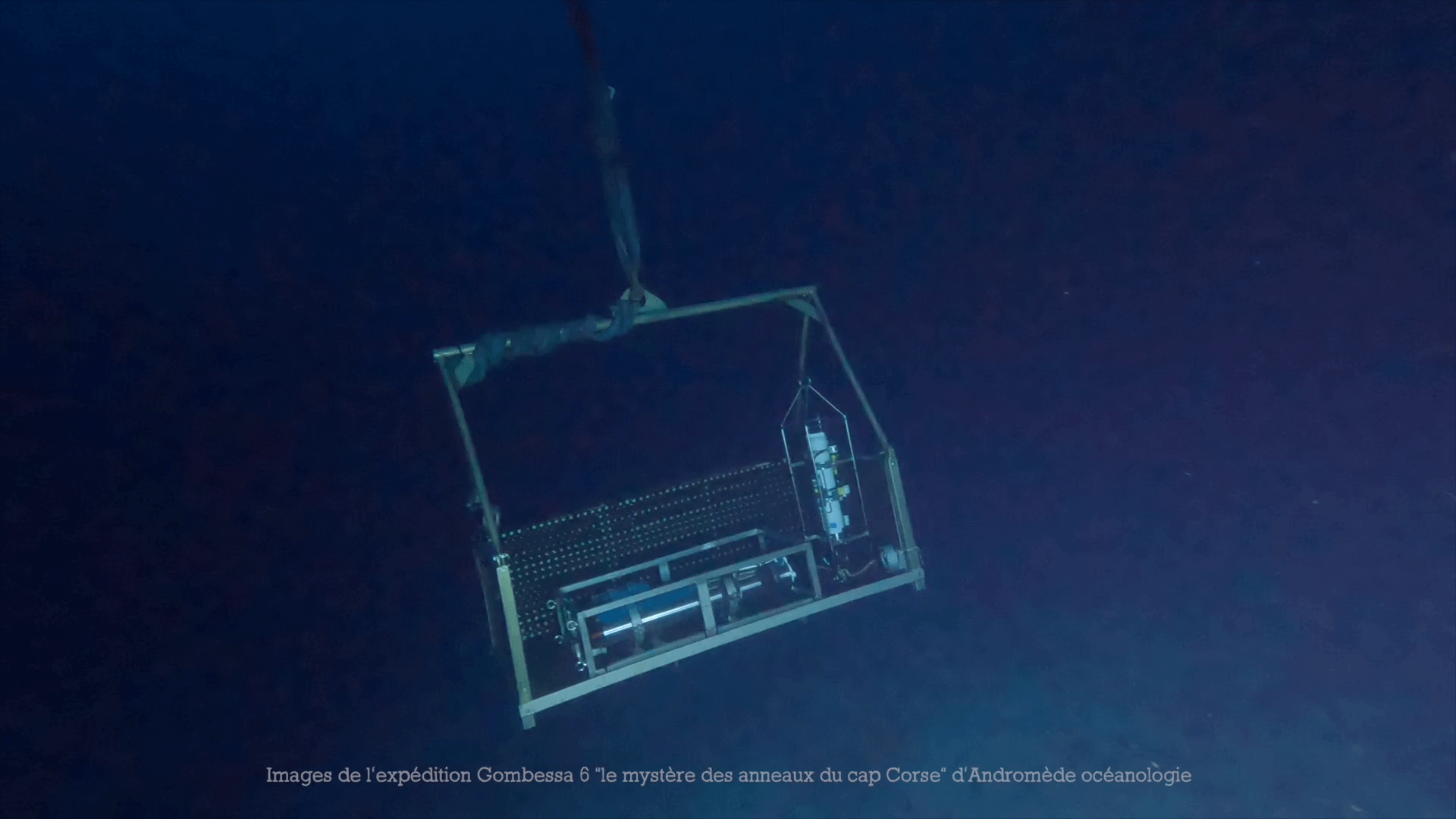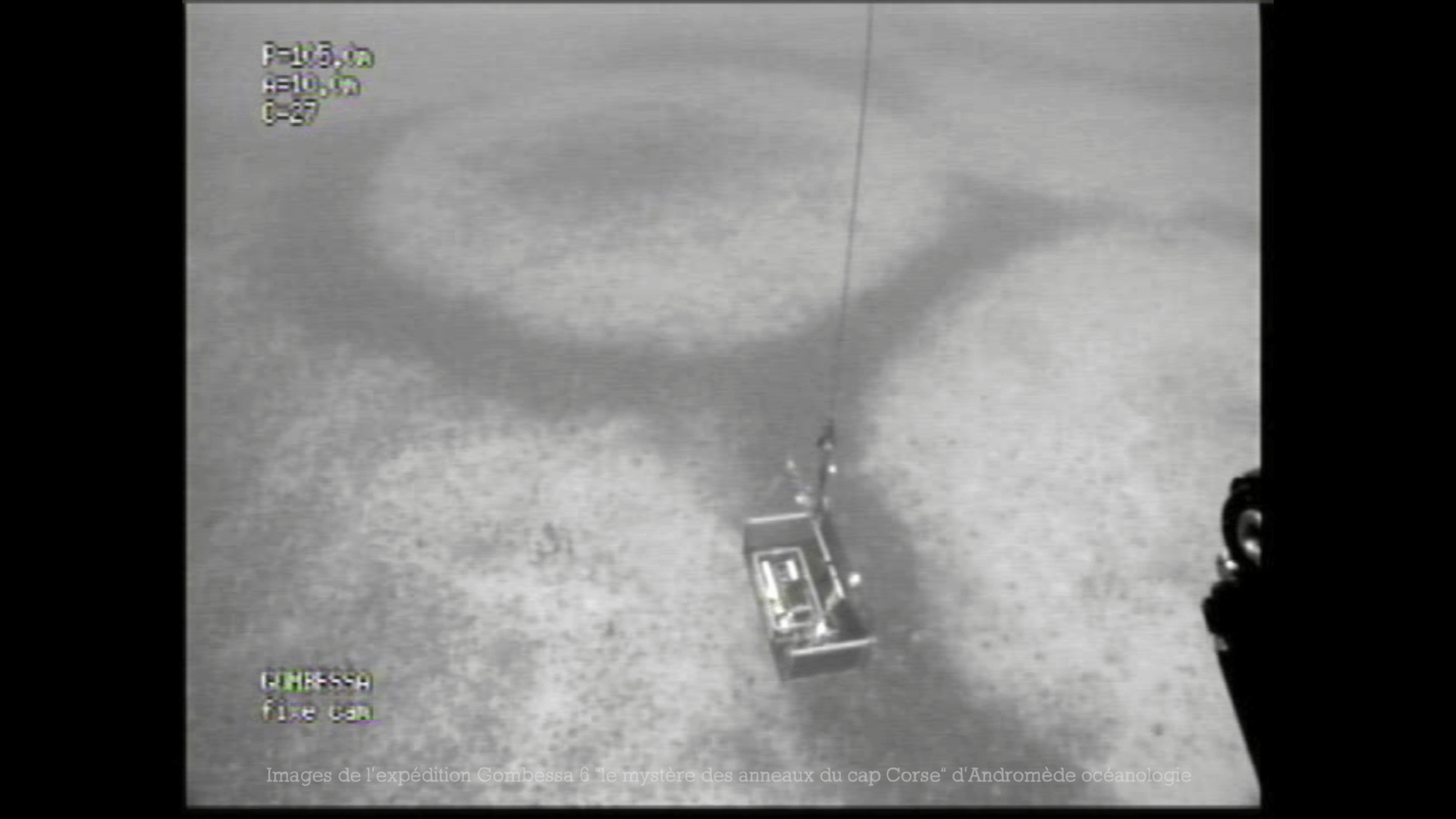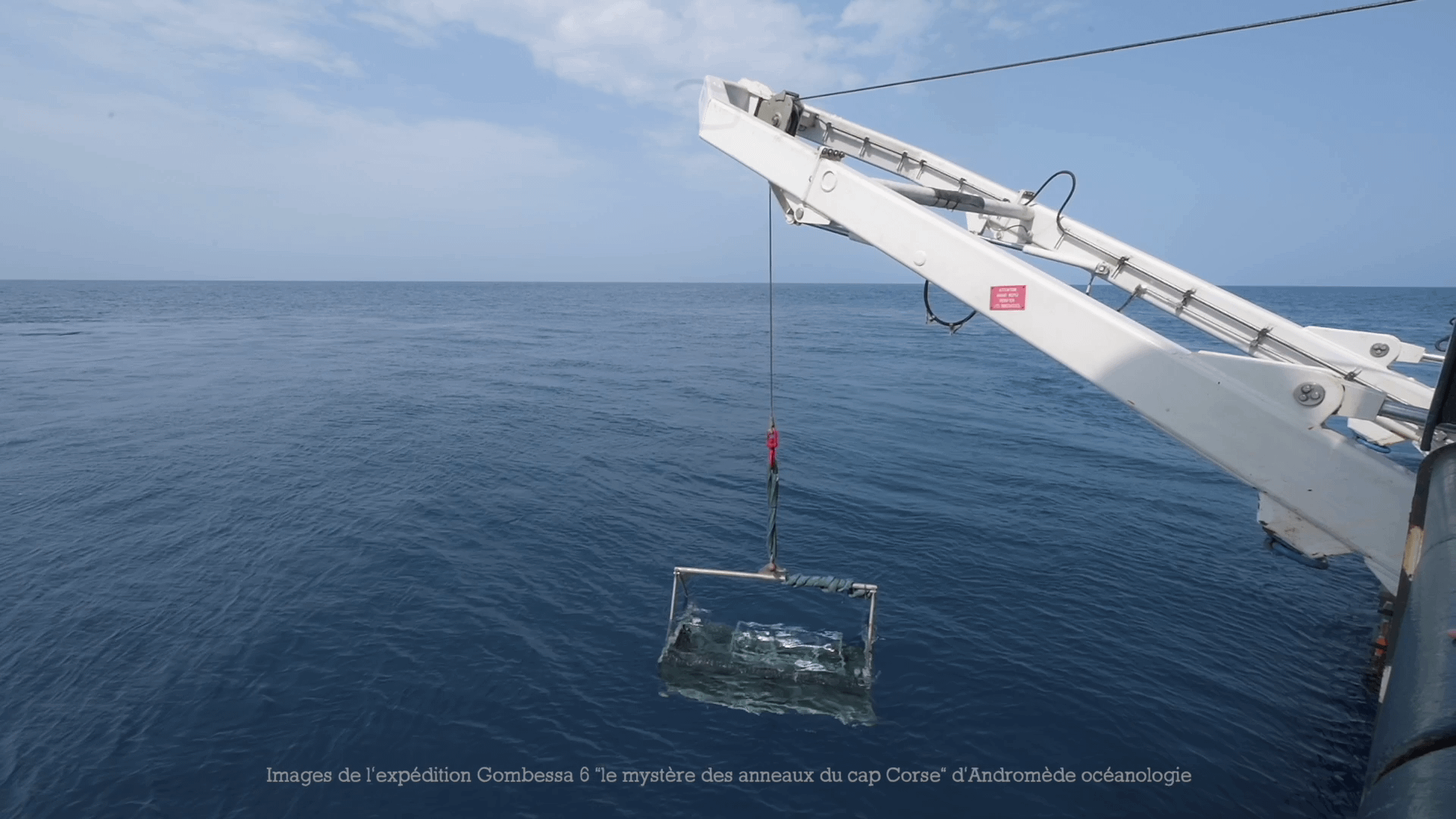From the Lab to the Sea: Introducing Our Innovative SubOcean Instrument for Dissolved Methane Measurement
Methane is invisible, yet its impact on our planet is massive. As one of the most potent greenhouse gases, it plays a key role in climate regulation — but its presence in the ocean remains poorly studied.
Measuring dissolved methane underwater has long been a technical challenge. Many instruments were either too slow, not precise enough, or ill-suited for high-resolution spatial profiling — making it difficult to track this elusive gas underwater.
To address this, A2 Photonic Sensors, in collaboration with Roberto Grilli and his team at the Institute of Environmental Geosciences (IGE), has developed SubOcean, a field-deployable sensor offering ultra-fast response (30s) and high-accuracy methane detection, specifically engineered for marine and lacustrine environments.
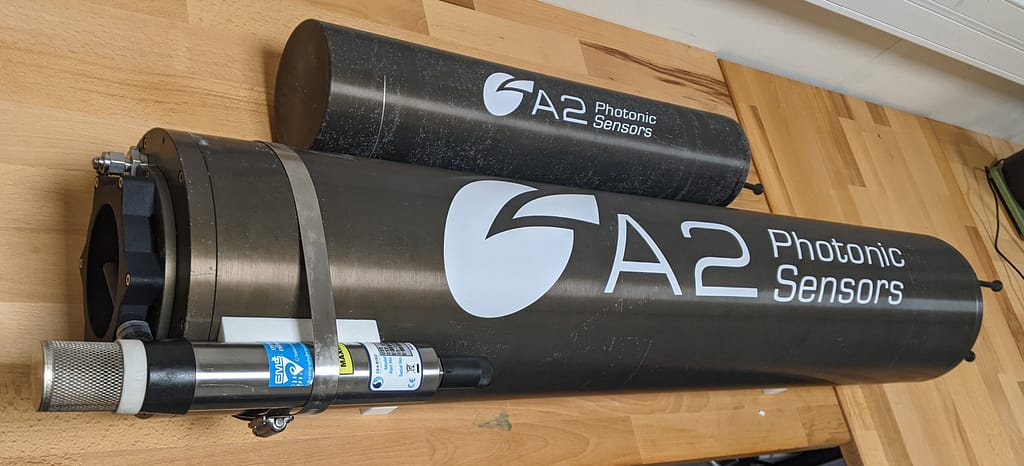
A Real-World Mission: 2023 Cap Corse Expedition
In 2023, SubOcean joined a multidisciplinary scientific expedition led by Laurent Ballesta, renowned diver and photographer, and his team at Andromède Océanologie.
This mission was the culmination of a three-year effort initiated by Ballesta and his collaborators to investigate a striking natural enigma: the perfectly circular rings observed on the seafloor off the coast of Cap Corse.
It was an exciting opportunity to field-test our SubOcean methane sensor in a unique context, surrounded by a passionate and world-class team.
Solving the Mystery of the Cap Corse Rings
These mysterious rings, each measuring around 20 meters in diameter, were first identified in 2011 using sonar during a survey mission. Perfectly symmetrical and scattered across the seabed, they sparked both curiosity and bewilderment.
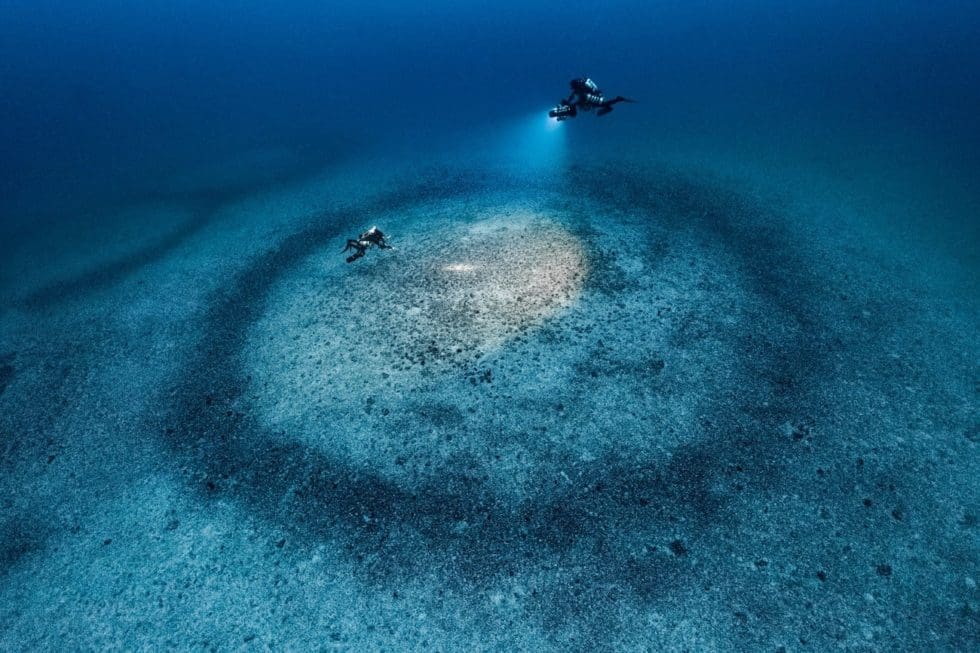
Among the theories proposed to explain their formation, the most promising suggested a release of methane from the seafloor, triggering the development of isolated ecosystems.
Between 2021 and 2023, Ballesta’s team brought together divers, biologists, geologists, and engineers to investigate these hypotheses from multiple angles. Our SubOcean sensor was deployed during this effort.
By delivering fast, high-resolution data on dissolved methane levels, it provided the team with valuable insights to evaluate their ideas.
While it wasn’t the single key that unlocked the mystery, SubOcean brought a critical data layer to a complex and beautiful story of scientific exploration — and we’re proud to have played a role in it.
Watch the Full Expedition on ARTE
A full-length documentary retracing this extraordinary scientific and human adventure was broadcast on ARTE on May 3rd, 2025. It remains available on arte.tv until August 2nd, 2027.
A Closer Look: SubOcean in Action
The expedition was also documented behind the scenes by the Andromède Océanologie team. You can watch a segment of their vlog highlighting SubOcean and its role in the mission here:
For Curious Minds: An Illustrated Science Story
Looking for a quick and engaging way to understand the Cap Corse expedition? A short, illustrated comic strip by Andromède Océanologie offers a clear and playful summary of the mission and its findings. You can read the full comic on Medtrix.fr (in French).
Looking Ahead
SubOcean is currently in the final stages of development and will soon be available commercially. Its performance in the field has confirmed its potential to become a key tool for scientists studying methane dynamics underwater.
We’re proud to support the scientific community in better understanding our world by providing innovative measurement solutions. Whether in polar environments, in the context of controlled laboratory experiments, or for deep-sea missions, our sensors deliver data where it matters most.
To learn more about our full range of sensors, including those designed for glaciology and fluid mechanics applications, visit a2photonicsensors.com.
If you’re interested in SubOcean or would like to know more about its upcoming availability, feel free to reach out to us via our contact form.

